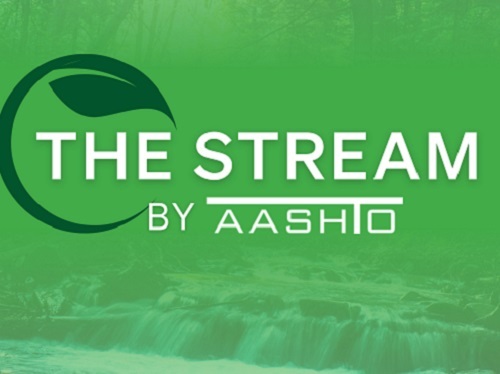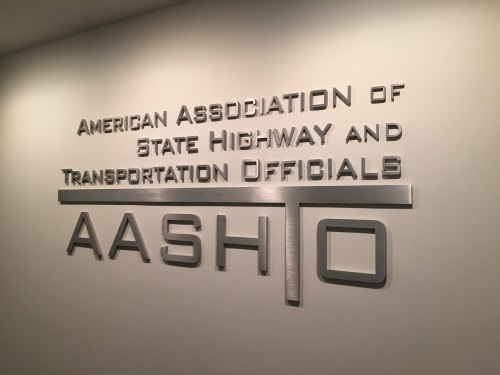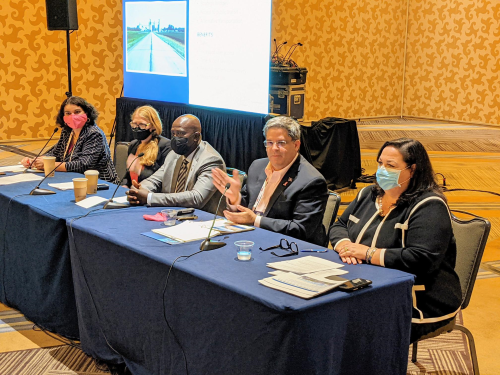The latest episode of the “The Stream by AASHTO” podcast – formerly the Environmental Technical Assistance Program or ETAP podcast – discusses the role of the National Environmental Policy Act or NEPA in promoting sustainable development within the transportation sector.
[Above image by AASHTO]
“The Stream by AASHTO” podcast is part of a technical service program for state departments of transportation provided by the American Association of State Highway and Transportation Officials. It explores a wide array of environmental topics that affect transportation and infrastructure programs.
For this episode, Ted Boling – a partner at Perkins Coie with over 30 years of public service – delves into how NEPA mandates federal agencies to evaluate the environmental impacts of their actions; mandates that crucially influence transportation projects such as road construction and bridge expansions.
To listen to the full episode, click here.
That insight will be all the more critical as the White House Council on Environmental Quality or CEQ recently finalized NEPA reforms that implement permitting efficiencies laid out in the Fiscal Responsibility Act of 2023, including setting clear deadlines for agencies to complete environmental reviews, requiring a lead agency and setting specific expectations for lead and cooperating agencies, and creating a unified and coordinated federal review process.
The CEQ said the rule provides agencies with other new and faster tools to improve the efficiency and effectiveness of environmental reviews. For example, it creates new ways for federal agencies to establish categorical exclusions – the fastest form of environmental review.
The agency noted the new NEPA reforms will apply to projects beginning environmental reviews on or after July 1 this year, but will not disrupt ongoing environmental review processes.
Additionally, the CEO said those new NEPA reforms are intended to help accelerate reviews for projects that agencies can evaluate on a broad, programmatic scale, or that incorporate measures to mitigate adverse effects – helping the transportation industry and other sectors speed up environmental reviews and providing more certainty when they are designing projects.






